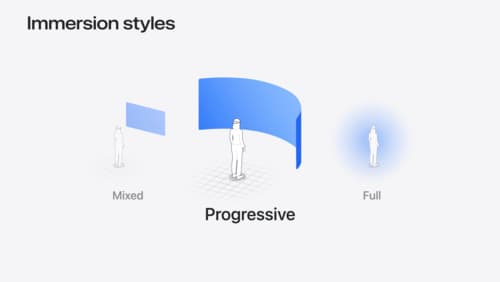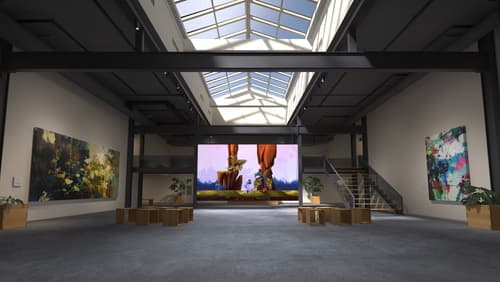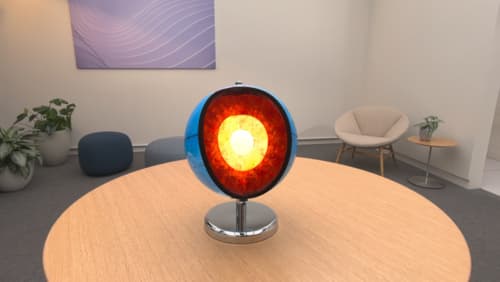how to create realityKit view for iOS app that displays cube on horizontal plane?
Asked on 2025-03-27
1 search
To create a RealityKit view for an iOS app that displays a cube on a horizontal plane, you can follow these general steps:
-
Set Up RealityKit: Ensure you have imported RealityKit and ARKit in your project. RealityKit is used for rendering 3D content, while ARKit helps with tracking and anchoring.
-
Create an ARView: This is the view that will display your RealityKit content. You can add it to your view hierarchy in your storyboard or programmatically.
-
Configure ARSession: Set up an AR session with a configuration that supports horizontal plane detection. This will allow you to anchor your cube to a detected plane.
-
Create a Cube Entity: Use RealityKit to create a 3D cube entity. You can customize its size, color, and material.
-
Anchor the Cube: Once a horizontal plane is detected, create an anchor entity and add your cube entity to it. This will position the cube on the plane.
-
Run the ARSession: Start the AR session to begin detecting planes and rendering your cube.
For more detailed guidance, you can refer to the session Build a spatial drawing app with RealityKit (02:43) which covers setting up spatial tracking and anchoring in RealityKit. This session provides insights into using RealityKit's spatial tracking APIs, which are essential for detecting and interacting with real-world surfaces.

Dive deep into volumes and immersive spaces
Discover powerful new ways to customize volumes and immersive spaces in visionOS. Learn to fine-tune how volumes resize and respond to people moving around them. Make volumes and immersive spaces interact through the power of coordinate conversions. Find out how to make your app react when people adjust immersion with the Digital Crown, and use a surrounding effect to dynamically customize the passthrough tint in your immersive space experience.

Create custom environments for your immersive apps in visionOS
Discover how to create visually rich and performant customized app environments for Apple Vision Pro. Learn design guidelines, get expert recommendations, and explore techniques you can use in any digital content creation tool to begin building your immersive environment.

Explore object tracking for visionOS
Find out how you can use object tracking to turn real-world objects into virtual anchors in your visionOS app. Learn how you can build spatial experiences with object tracking from start to finish. Find out how to create a reference object using machine learning in Create ML and attach content relative to your target object in Reality Composer Pro, RealityKit or ARKit APIs.
